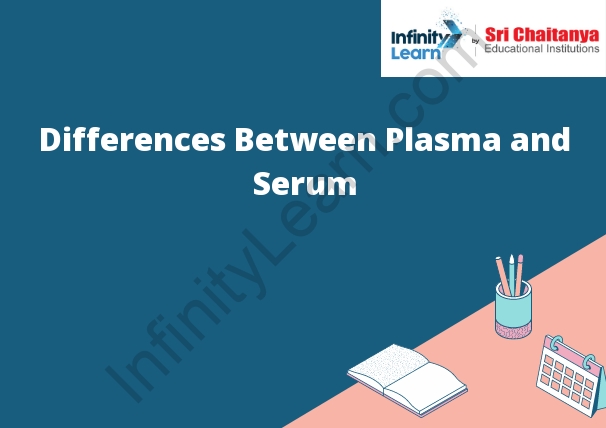Table of Contents
About Plasma and Serum
Plasma is the clear, straw-colored fluid portion of blood that contains proteins, nutrients, and waste products. It is the largest component of blood and makes up about 55% of the total volume.
Serum is the clear, watery portion of blood that remains after the blood cells and clotting factors have been removed. It contains electrolytes, hormones, and other proteins that circulate in the blood. Serum makes up about 45% of the total volume of blood.

What is Plasma?
Plasma is a state of matter that is similar to a gas but has some of the properties of a liquid. It is created when a gas is heated to such a high temperature that the atoms break apart into their component parts. These parts (ions and electrons) are then able to move freely around the plasma.
What is Serum?
Serum is the clear liquid that separates from the clotted blood when blood clots. It is the watery portion of blood that contains albumin, antibodies, and other proteins.
Difference between Plasma and Serum
Plasma and serum are two types of blood components. Plasma is the straw-colored liquid portion of blood, and serum is the clear, watery portion of blood. They are different in terms of their composition and function.
Plasma is mainly composed of water, proteins, electrolytes, and lipids. Proteins make up the majority of plasma’s solutes. The most abundant protein in plasma is albumin, which helps to maintain blood volume and pressure. Electrolytes, such as sodium and potassium, help to regulate the body’s fluid balance and pH. Lipids, such as cholesterol and triglycerides, are essential for the proper function of cells.
Serum is mainly composed of water and proteins. The most abundant protein in serum is albumin, which helps to maintain blood volume and pressure. Serum also contains immunoglobulins, which are proteins that help to protect the body from infection.
Separation of Blood Plasma and Serum
When blood is centrifuged, the heavier cells (red blood cells) fall to the bottom and the lighter cells (plasma and serum) rise to the top. The plasma is the liquid portion of the blood and the serum is the portion that contains the clotting factors.
Functions of Plasma Membrane
The plasma membrane is a thin, semipermeable membrane that surrounds the cells of all living organisms. It is composed of a phospholipid bilayer with embedded proteins. The plasma membrane serves several important functions, including:
- Protecting the cell from its environment: The plasma membrane is a barrier between the cell and its surroundings. It helps to protect the cell from harmful substances in the environment and from dehydration.
- Regulating the passage of substances into and out of the cell: The plasma membrane controls the passage of substances into and out of the cell. It allows some substances to pass through while blocking others. This allows the cell to regulate its internal environment.
- Mediating cell-cell communication: The plasma membrane helps to mediate cell-cell communication. It allows cells to exchange information and signals with each other.
- Mediating intracellular transport: The plasma membrane helps to mediate intracellular transport. It allows proteins and other molecules to move in and out of the cell.
Functions of Serum Albumin
Serum albumin is a protein found in blood plasma. It has a range of essential functions, including:
- Acting as a carrier protein for other molecules, including hormones, fatty acids, and minerals
- Helping to maintain blood pressure by retaining fluid in the circulatory system
- Regulating the body’s acid-base balance
- Acting as an antioxidant









